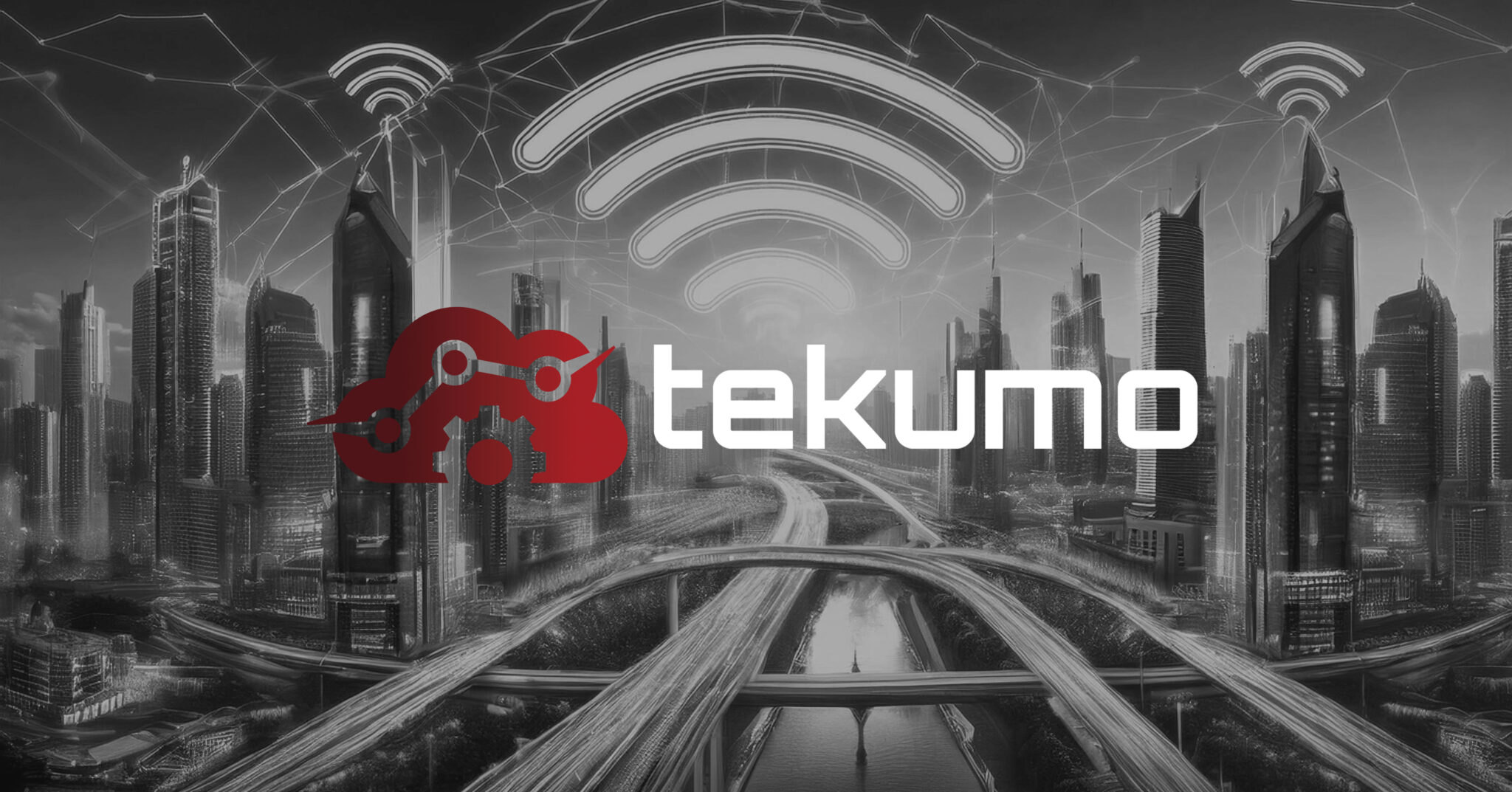
The future of WiFi is set to be transformative, driven by advancements in technology and increasing demands for faster, more reliable connectivity.

Here’s what’s shaping the future of WiFi:
These trends indicate that WiFi will continue to evolve, providing faster, more reliable, and secure connectivity to meet the demands of modern digital life
The next generation of WiFi, known as WiFi 7, promises significant improvements in speed, latency, and capacity. With features like Multi-Link Operation (MLO), WiFi 7 can use multiple frequency bands simultaneously, providing faster and more reliable connections.
Artificial Intelligence (AI) will enhance WiFi networks by optimizing performance, predicting maintenance needs, and personalizing user experiences. AI can help manage network traffic more efficiently and ensure optimal connectivity.
Combining multiple power sources, such as solar panels with backup diesel or natural gas generators, can ensure continuous power supply even when renewable sources are intermittent. This hybrid approach enhances reliability and reduces dependency on any single power source.
With the rise of cyber threats, future WiFi networks will incorporate advanced security features, such as improved encryption and authentication methods, to protect user data and ensure privacy.
Mesh networks, which use multiple access points to provide seamless coverage, will become more prevalent. This technology ensures consistent and strong WiFi signals throughout homes and businesses, eliminating dead zones.
The demand for high-definition streaming, online gaming, and other data-intensive applications will drive the need for higher bandwidth and faster speeds. WiFi 7 and beyond will address these needs with enhanced capabilities.